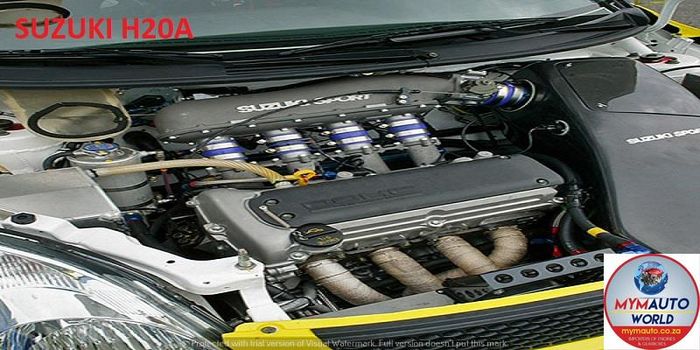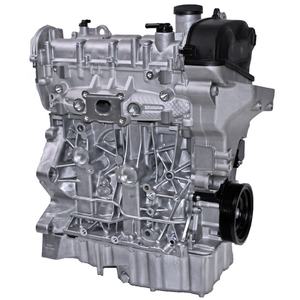Effective and efficient Little Car Electric Motor Performance Analysis
Assessing the performance of little automobile electric motors is a nuanced job that requires an eager eye for information and a deep understanding of auto engineering concepts. The balance between effectiveness and power is crucial for providing a driving experience that is both cost-effective and enjoyable when it comes to portable vehicles. By examining vital metrics such as horse power and torque, along with reviewing gas efficiency, we can uncover insights into just how tiny cars and truck engines can be enhanced for peak efficiency. In addition, checking out future fads in little vehicle electric motor innovation guarantees to introduce ingenious techniques that can reshape the landscape of automobile design.

Small Auto Motor Efficiency Metrics
In analyzing the performance of little auto motors, crucial metrics such as velocity, gas efficiency, and power outcome play a crucial role in establishing their total effectiveness and viability for different driving conditions - opel corsa engine. By reviewing these efficiency metrics comprehensively, producers, drivers, and automotive enthusiasts can make informed choices regarding the selection and optimization of tiny car electric motors to satisfy their details needs and choices.

Horse Power and Torque Evaluation
With a basic duty in comprehending tiny auto electric motor horse power, torque and performance analysis gives understanding into the engine's power shipment qualities. Horse power is a measurement of the engine's capability to do function over time, representing the rate at which work is done. In the context of little cars and truck electric motors, horsepower is essential for figuring out velocity, full throttle, and total efficiency. Torque, on the various other hand, measures the engine's rotational force, suggesting its capacity to overcome resistance. Tiny auto engines with greater torque worths generally really feel much more receptive and supply far better acceleration, making them suitable for city driving and surpassing maneuvers. When examining horsepower and torque in tiny vehicle electric motors, it is important to consider exactly how these metrics communicate to deliver a well balanced and efficient driving experience. By understanding the relationship between horse power and torque, automobile engineers can optimize engine performance to meet the specific demands of small cars and truck applications.
Gas Effectiveness Analysis
The analysis of fuel effectiveness in little auto electric motors plays a vital role in identifying their ecological and economic effect. Fuel performance refers to the capacity of a car to use gas properly in relationship to the distance took a trip. In small vehicle electric motors, where portable size commonly associates with better gas economy, numerous factors influence effectiveness. Engine layout, weight, the rules of aerodynamics, and driving conditions all contribute to exactly how efficiently fuel is taken in.
To evaluate gas performance, metrics such as miles per gallon (MPG) are generally used. This measurement shows the distance an automobile can travel from this source per device of fuel. Tiny vehicle motors that accomplish higher MPG scores are considered much more fuel-efficient, resulting in expense savings for drivers and minimized emissions that profit the atmosphere. Makers continuously aim to enhance gas efficiency via advancements in engine innovation, light-weight products, and wind resistant styles.

Enhancing Little Auto Engine Performance
Enhancing the performance of tiny car engines is critical in making the most of performance and decreasing functional costs. Enhancing tiny auto engine efficiency entails an all natural strategy that thinks about numerous factors such as engine design, gas management systems, and general lorry dynamics.
An additional critical variable in enhancing little car engine performance is the utilization of sophisticated innovations such as turbocharging or hybrid systems. These technologies can improve power result without jeopardizing gas efficiency, providing a balance between efficiency and economic climate. Maximizing engine efficiency likewise involves improving combustion efficiency, reducing frictional losses, and improving thermal administration systems.
Future Trends in Small Automobile Motors
Taking into account progressing vehicle innovations and the constant pursuit of optimum little auto engine performance, an exploration of future trends in little car electric motors becomes critical - opel corsa engine. One prominent trend on the horizon is the raising combination of electric powertrains in tiny cars. As the auto market changes towards sustainability and reduced emissions, more tiny cars and truck manufacturers are buying electrical motor modern technology to enhance performance and environmental kindness
An additional substantial pattern is try these out the advancement of smaller sized yet much more powerful turbocharged engines for small automobiles. By downsizing engine abilities and incorporating turbocharging innovation, car manufacturers can attain greater power outputs while keeping fuel effectiveness. This pattern straightens with the growing consumer demand for small vehicles that deliver a dynamic driving experience without jeopardizing on gas economic climate.
In addition, the appearance of crossbreed powertrains in little vehicles is expected to gain grip in the future. Crossbreed systems offer the benefits of both interior combustion engines and electric motors, providing improved performance and fuel performance. As improvements in battery technology continue, tiny Home Page vehicle motors are likely to end up being a lot more powerful and reliable, dealing with the advancing demands of customers and regulative needs for cleaner transportation remedies.
Verdict
Finally, the analysis of small vehicle electric motor performance metrics such as fuel, horse power, and torque efficiency is crucial in optimizing engine performance. By evaluating these variables, manufacturers can boost the overall performance and power outcome of tiny vehicle motors (opel corsa engine). Future fads in small auto motors are most likely to focus on boosting performance while keeping fuel effectiveness, making sure that tiny cars remain to be a dependable and cost-effective selection for customers
By examining crucial metrics such as horsepower and torque, as well as examining fuel effectiveness, we can reveal insights right into just how tiny car engines can be enhanced for peak performance. Enhancing small auto engine performance entails a holistic strategy that takes into consideration different factors such as engine style, gas management systems, and overall automobile dynamics.In light of progressing auto modern technologies and the continual pursuit of ideal tiny vehicle engine efficiency, an exploration of future fads in little cars and truck motors comes to be essential.In final thought, the analysis of little car electric motor efficiency metrics such as horse power, torque, and gas effectiveness is vital in enhancing engine efficiency. Future fads in little car motors are most likely to concentrate on boosting performance while preserving gas performance, guaranteeing that tiny cars and trucks proceed to be a cost-effective and dependable choice for customers.